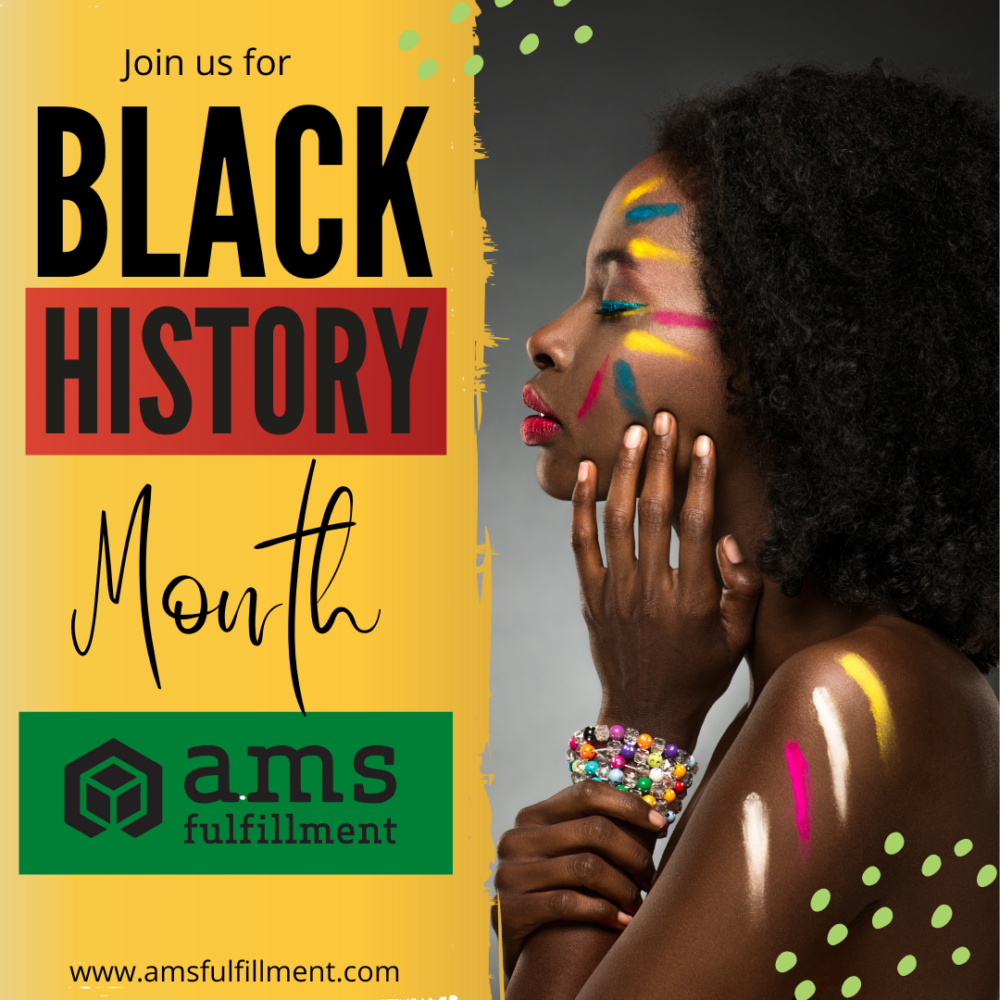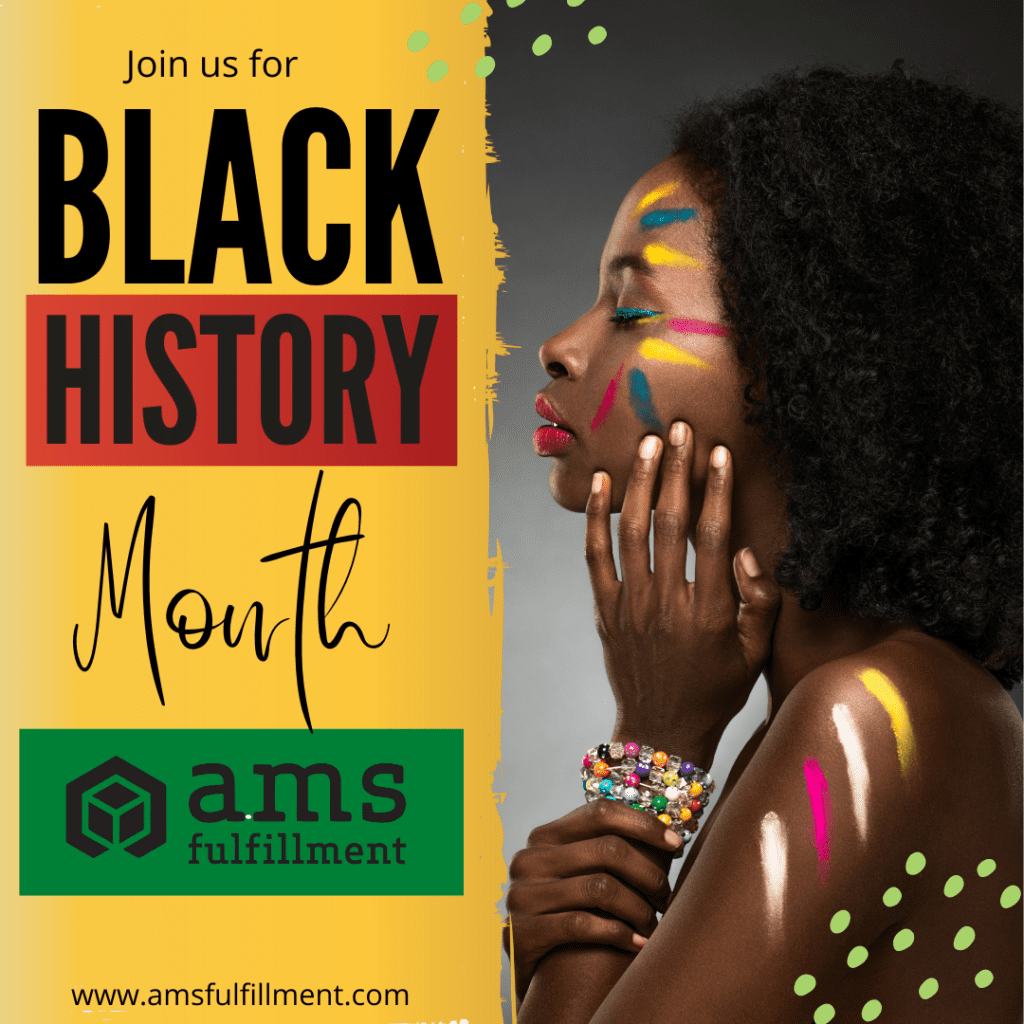
We will leave that question unanswered, for readers to ponder as they read, and in this writing we will focus on those who rejected slavery and stood strongly to bring an end to it.
We will feature William Lloyd Garrison, Frederick Douglass, and Angelina Grimké. These are most likely familiar names, and a part of the Black History we have learned about. Let’s begin with a quote about abolitionists from the History website [LINK].
Abolishing Slavery
“An abolitionist, as the name implies, is a person who sought to abolish slavery during the 19th century. More specifically, these individuals sought the immediate and full emancipation of all enslaved people.
“Most early abolitionists were white, religious Americans, but some of the most prominent leaders of the movement were also Black men and women who had escaped from bondage.
“The abolitionists saw slavery as an abomination and an affliction on the United States, making it their goal to eradicate slave ownership. They sent petitions to Congress, ran for political office and inundated people of the South with anti-slavery literature.
“These staunch activists wanted to abolish slavery completely, which differed from the ideas of other groups like the Free Soil Party, which opposed the expansion of slavery into U.S. territories and newly formed states such as Kansas.”
Before we talk about the abolitionists, we will mention a law, passed by the US Congress, and a judicial decision of the Supreme Court. The Fugitive Slave Act required American citizens to return escaped enslaved people to their ‘owners’. The Supreme Court ruled, in the Dred Scott decision that Black people, enslaved or free, did not have citizenship rights. This is the world in which the Abolitionists fought their battles.
William Lloyd Garrison fought his battle for a just world with publishing, founding an anti-slavery newspaper called The Liberator. The city was Boston, and the year was 1831. He had the support of the Black abolitionist community. From the History website we read the following:
“Through the paper, which would become one of the most influential publications of the movement, Garrison propagated his view that “moral suasion” and nonviolence would be effective methods to promote abolition. He was one of the founding members of the American Anti-Slavery Society in 1833. Recognizing Frederick Douglass’ gifts as a speaker, he urged him to join the cause.”
Garrison was deeply shaken when, in 1835, he was nearly lynched by an angry mob in Boston. Over time he came to believe the Constitution itself was corrupt. Despite the hatred of the pro-slavery forces he continued the abolitionist fight through the Civil War, even giving up his dedication to nonviolence in support of Nat Turner’s slave rebellion.
“When President Lincoln invited Garrison to Fort Sumter to celebrate the end of the Civil War, Garrison was greeted by thousands of joyous and grateful freedmen, who expressed their gratitude for his life’s work. The printer published the final issue of The Liberator in December 1865 after the 13th Amendment was added to the Constitution. He continued to work toward civil rights and women’s rights until his death in 1879.”
Frederick Douglass was born into slavery in Maryland in 1818. He was fortunately able to learn to read, and he considered reading his pathway to freedom. In 1838 he escaped to the North, going to New Bedford, Massachusetts, which was an abolitionist stronghold.
“After reading William Lloyd Garrison’s newspaper The Liberator, and hearing him speak at an anti-slavery meeting, Douglass joined forces with Garrison, traveling across the North to tell his story and advocate for the eradication of slavery. In 1845, he published the Narrative of the Life of Frederick Douglass, which won him national fame — and brought him to the attention of his former owners. To avoid recapture, Douglass fled to the United Kingdom, where he spent two years lecturing.”
Douglass returned to the U.S. in 1847 and settled in Rochester, New York, which was a final stop for northbound fugitive slaves on the Underground Railroad. He established his own newspaper, The North Star. He began to question the nonviolence philosophy of his friend, Garrison. The Civil War began, and Douglass hoped the goal of the war would be to end slavery, but Lincoln announced his primary goal was to save the Union.
“Douglass was therefore overjoyed when Lincoln announced the following month that he would emancipate the slaves in rebel-held territory. After Lincoln issued the Emancipation Proclamation on January 1, 1863, Douglass helped recruit black soldiers to fight in the Union Army. In the post-war years, Douglass continued his relentless campaign for civil rights, working to help freedmen in the South. He died in 1895 after serving in a number of government posts, including as a consul general and minister to Haiti.”
Angelina Grimké was a daughter of a wealthy slave-owning family in Charleston. She was deeply convinced that slavery was a sin against God, and she could not tolerate being a part of it. She left Charleston and moved to Philadelphia in 1829 where she became actively involved in the abolitionist and women’s rights movements. Her position as a member of slaveholding aristocracy gave her voice strength and credibility, despite the shame it brought her family.
“In 1836, Grimké authored An Appeal to the Christian Women of the South, a 36-page essay published by the American Anti-Slavery Society. Though Charleston residents publicly burned copies of the Appeal in protest, Grimké remained committed to the abolitionist cause. She also began to link the rights of enslaved people to the rights of women as she received more resistance to her increasing public visibility.”
Grimké married a fellow abolitionist, Theodore Dwight Weld, and together the couple published a book made up of first-hand accounts of slavery. The book, entitled American Slavery As It Is, was a best-seller. It covered handbills for runaway slaves, court records, and the words of slave owners themselves. Grimké also fought for equal rights of women, which many abolitionists did during the time period. The source of our biographies is the PBS website [LINK].
** **
We hope our readers have enjoyed the Black History Month offerings. Returning to our question… what caused this… of course we must look at what business is willing to do for ‘profit’. Thankfully there are Americans who have been fighting the good fight all along. We have watched America change and evolve, and the progress continues.
The abolitionists stood upon a moral foundation and fought to bring an end to slavery. The moral argument won the day and it continued to win the battles that followed. Women won their battle for equality. The Civil Rights battles brought their changes to America. We continue still, to recognize that doing ‘right’ by each other is always the way forward.
** **
AMS Fulfillment is a Certified B Corporation, dedicated to people and planet before profit. We work to B the Change we wish to see in the world.




